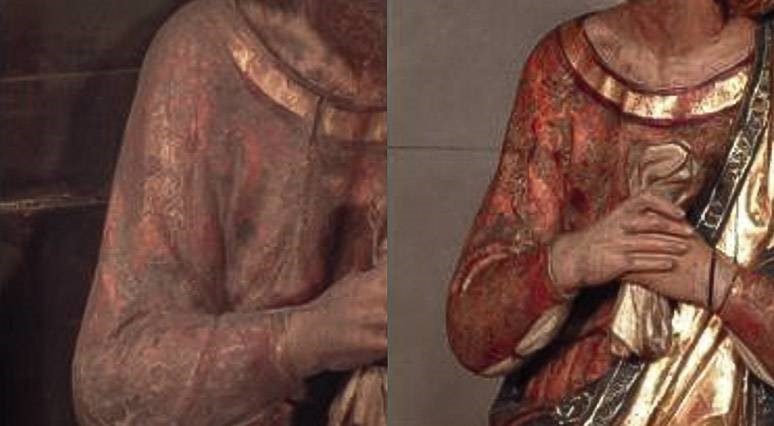Service: IQF Laser Cleaning
Platforms
Fixlab
Techniques
Other

Organization

Service contact persons
Phone:34913891677
Phone:34917459515
Laser cleaning, based on the process of laser ablation, offers unique possibilities for surface cleaning as it entails precise control, material selectivity and immediate feedback. Laser cleaning allows the controlled removal of unwanted layers constituted by materials of diverse origin (organic and inorganic), assembled in mixtures (e.g., thick pollution, burial accumulations) or in layers (e.g., multiple protective, metallic, dirt and/or overpaint layers) on weathered, even fragile, original surfaces.
Removal of unwanted layers present on different substrates of Cultural Heritage: optimization procedures (elimination without damage), cleaning efficiency, identification of side effects and design of mitigation strategies.
Fields of application
Applied physics
Archaeology
Architectural conservation
Art (discipline)
Chemistry
Decorative arts (discipline)
Heritage science (cultural heritage discipline)
Materials science
Metallurgy
Natural history
Materials
Book paper
Ceramic (material)
Crust
Textile materials
Varnish
biodegradation
wood
degradation layers
parchment
stone
Metal
Paintings
Methods
Other information
-
Input: Dimensions, description of the object, previous measurements, images
-
Output: Report, images

